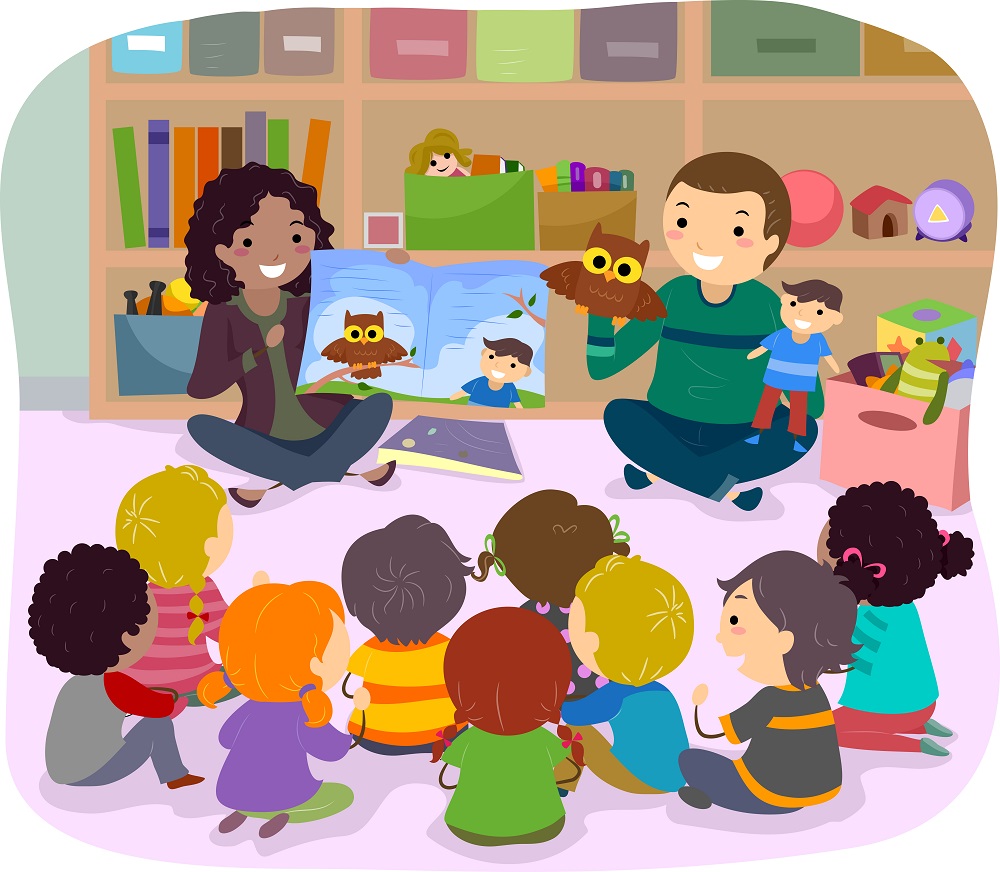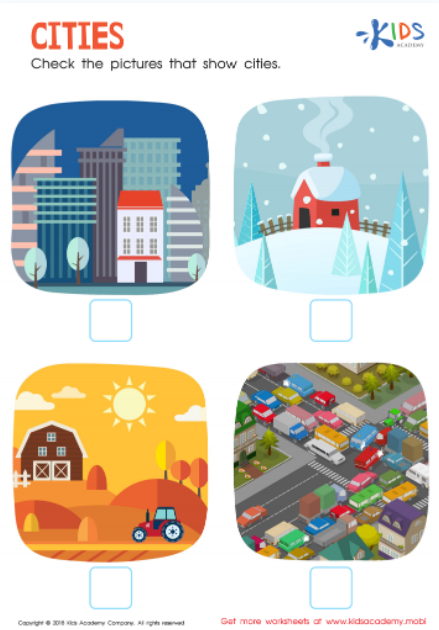-
English
-
English Pre-K
-
Unit 1: Early Literacy Skills
-
ABCs
- Pre-writing Activities
- Letter A
- Letter B
- Letter C
- Letter D
- Letter E
- Letter F
- Letter G
- Letter H
- Letter I
- Letter J
- Letter K
- Letter L
- Letter M
- Letter N
- Letter O
- Letter P
- Letter Q
- Letter R
- Letter S
- Letter T
- Letter U
- Letter V
- Letter W
- Letter X
- Letter Y
- Letter Z
-
Phonological Awareness
- Rhyming Words
- Letter Sounds B, C, D, and F
- Letter Sounds G, H, J, and K
- Letter Sounds L, M, N, and P
- Letter Sounds Q, R, S, and T
- Letter Sounds V, W, X, Y, and Z
- Letter Sounds A, E, and I
- Letter Sounds O and U
- Beginning Sounds
- Matching Letters to Sounds
-
ABCs
-
Unit 2: Vocabulary
-
Common Words
- Sorting Words into Categories
- Color Words
- Verbs and Adjectives
-
Sight Words
- Sight Words 'I' and 'Can'
- Sight Words 'You' and 'Like'
-
Common Words
-
Unit 3: Print Awareness
-
Parts of a Book
- Working with a Book
- Spaces Between Words
- Text and Illustrations
-
Picture Books and Poems
- Picture Book Text Features
- Poem Text Features
- Signs and Labels in the Community
-
Parts of a Book
-
Unit 4: Reading Literature
- Questions About Stories
- Discussing Stories
-
Unit 5: Reading Informational Texts
- Retelling Details in a Text
- Questions About a Text
- Connections Between Events
- Text Features
- Describing Illustrations
-
Unit 1: Early Literacy Skills
-
English Pre-K
-
Math
-
Math for Pre-Kindergarten
-
Logic and Geometry
-
Matching and Sorting
- Same and Different
- Which One Is a Little Different?
- Objects That Go Together
- Sorting by Color and Size
- Sorting The Same Group in Different Ways
- Patterns
-
Shapes
- Shapes in Our Environment
- Naming Shapes Regardless of Size
- Making Shapes in Preschool
- Comparing Shapes
- Relative Positions
- Sorting Shapes
-
Matching and Sorting
-
Early Number Sense
-
Numbers 1–5
- Counting to 3
- Counting to 5
- Arranging Objects up to 3 Objects
- Arranging up to 5 Objects
- Writing Numbers 1–5
-
Numbers 1–5
-
Numbers up to 10
- Counting to 10
- Arranging up to 10 Objects
- Number 0
- Writing Numbers 6–10
- Breaking Down Numbers 6-10
-
Logic and Geometry
-
Math for Pre-Kindergarten
Describing Illustrations
A Picture is Worth a Thousand Words
Some forms of writing rely on illustrations to convey meaning. Think of an instruction manual or your car’s user manual. Visual aids are a powerful way to convey information.
Your child can learn a lot from integrating information from the text and the illustrations. Noticing the visual components in a text aids memorization and develops imagination.

How Illustrations Help the Comprehension Process

The youngest of readers need visual aids to guide comprehension. When faced with unfamiliar vocabulary a photographer may help anchor the information. Consider a text describing bleaching polyps in coral reefs.
Including a picture helps readers visualize the appearance of the coral before bleaching occurs and compare that image to bleached coral. Words alone simply can’t convey these concepts.
Using Photos in Informational Texts
Your child should describe what he sees in photographs and illustrations. Prompt your child to explain how the photograph matches with what they see in a text. These worksheets from Kids Academy are a quick way to get started.
Take these worksheets from Kids Academy as an example.
Use them to have your child point out the details in the illustrations that prove that they are towns or cities.
Ask if the photograph includes additional information that is not mentioned in the text. This may be your child’s first time answering inferential questions that require using background knowledge as a basis for an answer.
Activities Parents Can Use to Reinforce These Skills
Wordless Texts
Wordless picture books are a great way to spark your child’s creativity. Children use their imagination to develop a storyline based on what they see in the pictures.
Which Text Feature Fits
Present two captions for a photograph or two headings for a paragraph and ask which one matches. Here is an example of this activity on this worksheet from Kids Academy.
Scavenger Hunts
Make a poster for your child that lists text feature types. As you read nonfiction texts, have your child add the text features they find to the poster.
If you’re not sure where to start, Kids Academy has a list already prepared with recommended picture books to start with. Use the research-based resources with your child today.
By: Monica Edwards
English Language Arts Teacher, Curriculum Writer


